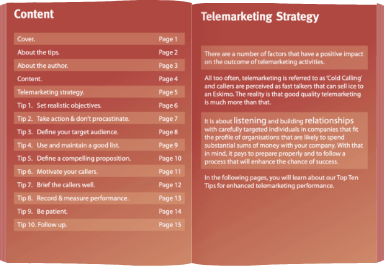Taking on a research project or survey to your client, customer or membership base may seem a little daunting. Understanding customers’ needs drives satisfaction, customer retention and stimulates new business opportunities.
Our Top 10 Tips will help you avoid some of the most common pitfalls when conducting such a project.
1. Only measure stuff you can use
What are you going to do with the information you gather? It may be tempting to ask all sorts of questions, but don’t bore the respondent by asking stuff that would just be nice to know, when you can’t really use the information to good effect.
2. Use the appropriate methodology
Don’t use focus groups to measure awareness when the same money would get you a statistically valid sample, e.g. through online or phone interviews. Focus groups are very fashionable, but online surveys (properly conducted) can be used very effectively for branding research, pricing, pack designs – they can be set up and complete quickly and are very cost-effective.
3. Avoid self-selecting samples
A face to face survey in the High Street may be good if you want to gather the views of shoppers – but are you missing all those people who prefer to shop online?
4. Mind your language!
Make sure people understand the questions you’re asking. Often surveys, even from large companies who really ought to know better, include questions that are completely incomprehensible. Don’t use jargon or buzz words unnecessarily.
5. Give people the option
Too often, surveys are put together asking people to choose from a range of options – if the appropriate options are not there, or you don’t give an “other” option – you’ll get wrong information. This is especially important if you insist on people answering a question before moving on (as in many badly designed online surveys). Effectively you’re making the respondent lie in order to complete the survey. Which is not terribly helpful.
6. Don’t think you need a sample of thousands
Many clients ask for a sample of 1,000 or more. This is rarely necessary unless you need very comprehensive segmentation and makes your survey potentially expensive. With a representative sample of around 400 you can be 95% confident that your answers are accurate to within 5%. With a sample of 200 you’ll still be accurate to within less than 7%.
7. Focus frenzy
Lots of clients think a focus group is the answer. Often it is, but focus groups are useful for generating ideas and allowing discussions. Don’t use a focus group to get views which can be gathered elsewhere or where the answers are relatively simple. You may be distorting the results by asking your respondents to spend too much time considering something which they would not ordinarily spend much time thinking about.
8. Don’t lead the witness
Be careful how you word your questions – Don’t ask “Will you tell your friends how fabulous this is?” when actually the question should be “Would you be likely to recommend this to your friends?”
9. Lies, damned lies and statistics
It’s easy to be misled by the numbers. Correlation calculations will often show a relationship between two sets of data – but this does not necessarily mean one is caused by the other. They may both be caused by another factor entirely.
10. Mind your manners
Offer an incentive for taking part wherever it’s appropriate to do so. Apart from boosting your response rate, it’s just rude not to when you’re asking people to give up their time to help you. Make sure your incentive is not likely to skew your sample – for example, if you offer one of your products free, you may find you only get responses from people who like your product. All those who don’t like it and would have given useful insight won’t be interested and won’t give you the feedback you really need.






